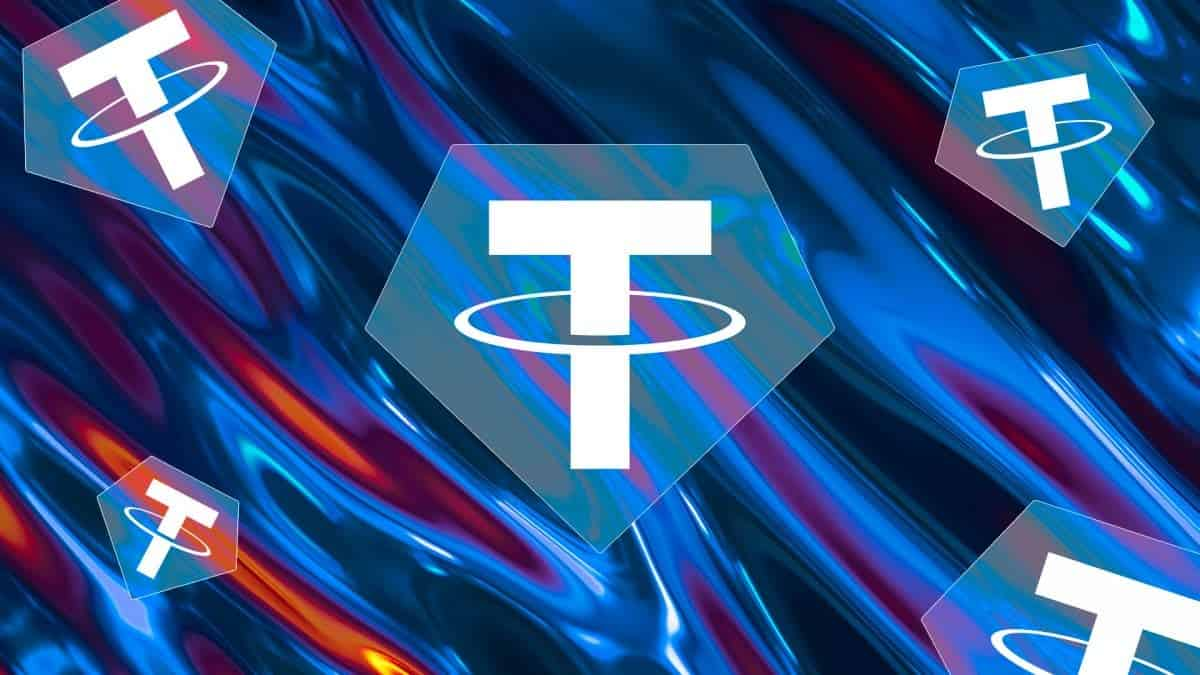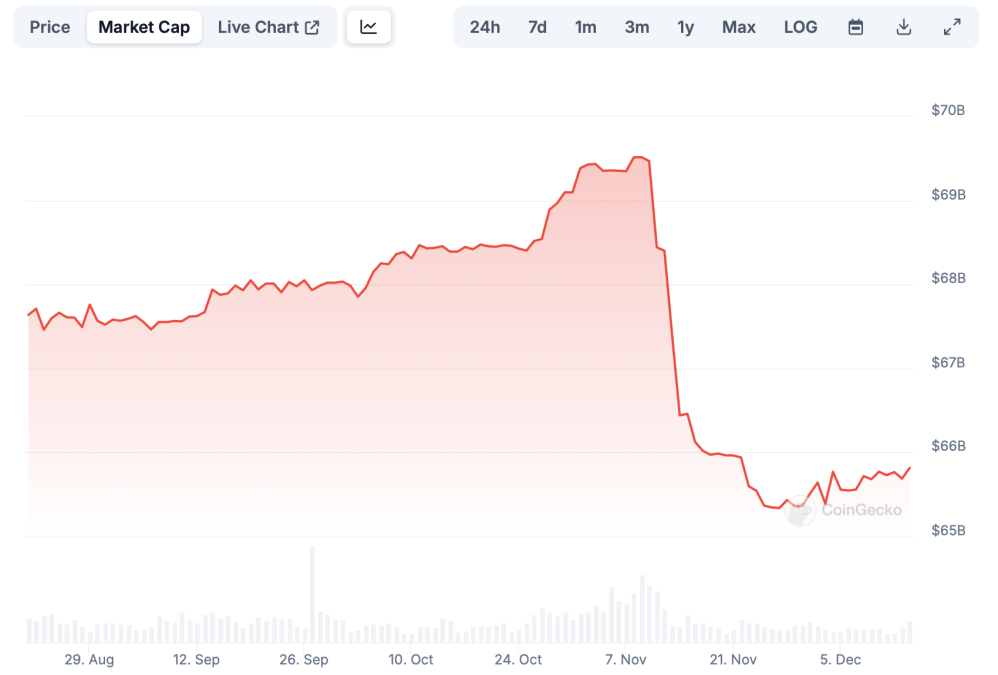Tether’s USDT sees largest weekly market cap drop since FTX collapse amid MiCA full implementation
Tether’s USDT market cap has seen its steepest weekly market cap drop since the FTX collapse in November 2022.USDT has fallen 1.2% to just over $137 billion in the week since the EU’s MiCA crypto-asset regulation took full effect.

Tether’s USDT, the world’s leading dollar-pegged stablecoin, has recorded its steepest weekly decline in market capitalization since the FTX collapse in November 2022.
In the week since the European Union’s Markets in Crypto-Assets ( MiCA ) regulation came into full effect on Dec. 30, USDT’s market cap fell by over 1.2%, dropping from $138.8 billion to approximately $137 billion. This marks the largest decline since the seven-day period from November 10 to November 17, 2022, when USDT’s market value plummeted by 5.7% following the collapse of the FTX exchange.
Over the past two weeks, USDT’s market cap has declined by 2.7% from a record high of $141 billion on December 19 to its current level. Analysts attribute this decrease partly to the introduction of MiCA, though broader market dynamics have also contributed to the stablecoin’s shrinking capitalization.

USDT market cap saw a sharp drop amid the collapse of FTX. Image: Coingecko.
The potential impact of MiCA on Tether
MiCA, which fully took effect on Dec. 30, establishes stringent regulatory requirements for stablecoin issuers within the EU, including reserve and liquidity mandates. Decentralized lending platform WeFi Head of Growth Agne Linge noted that meeting these requirements could be economically challenging for large stablecoin issuers like Tether .
"The new EU law now requires that small stablecoins issuers keep 30% of their reserves in a low-risk commercial bank within the EU, while bigger players like Tether must keep 60% or more in banks," Linge told The Block. "Considering Tether's large capitalization and global adoption, meeting this demand is not economically viable without disrupting the broader crypto ecosystem."
However, Linge contends that Tether’s large market capitalization and global adoption make it less likely to face immediate financial consequences from a potential exit from the EU.
"Tether's operations remain largely insulated from potential regional disruptions," Linge said. "The company also has a high-profit margin and is on track to end the year with $10 billion in earnings."
Linge added that thanks to this large cash reserve, Tether has continued diversifying its products and investments, reducing the risks associated with its stablecoin offering.
Linge highlighted that Tether has leveraged its substantial cash reserves to diversify its products and investments, mitigating risks associated with its stablecoin offerings. He further noted that most EU countries provide grandfathering periods of six to 18 months for compliance or exit, which could help cushion the impact of any sudden removal.
As the regulatory uncertainty lingers, some European exchanges have taken precautionary measures. Coinbase Europe delisted USDT and five other stablecoins earlier this month, citing potential regulatory risks. This move was made to comply with MiCA’s requirements and underscores the growing pressure on exchanges to align with the new regulatory framework.
Disclaimer: The content of this article solely reflects the author's opinion and does not represent the platform in any capacity. This article is not intended to serve as a reference for making investment decisions.
You may also like
Trump sees no red lines that would change tariff policy
MistTrack: Suspicious Bitcoin address has transferred most of the funds to multiple platforms
Hyperliquid announces that HyperEVM precompiled reading function is now available on the mainnet
